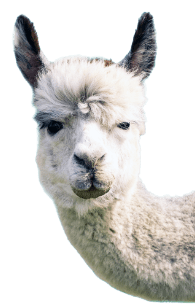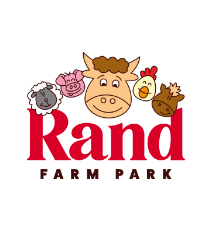
Welcome
Welcome to Rand Farm Park’s Live Animal Page!
Experience the magic of the farm from anywhere! At select times throughout the year, we’ll bring you live streams of lambings, kiddings, foalings, and farrowings—right to your home or mobile device.
Please remember that this is an unfiltered view of nature, meaning you will see things exactly as they unfold — both the joys and challenges of lambing.
Stay tuned for updates and don’t miss out on all the excitement!
Join us this February Half-Term for our Lambing Live event, learn more here!
Catch all the magic of our lambing season, here;

What to look out for in Lambing Season
5 Stages of Lambing
BAGGING UP
Around 4 weeks prior to birth, they will begin to fill their udder with milk. This can be noticed by walking behind the ewes as they tuck into their breakfast. Around 10 days before birth, the teats will feel firm as they fill with colostrum
SUNKEN LOIN
1-2 days before lambing, the lambs will be carried lower in the ewes abdomen as they become ready to lamb. Keep an eye out for any bellies near the floor
NESTING & PAWING
Just before lambing, ewes will look for a secluded, comfy area ready to lamb
ELEVATING THEIR FRONT END
Some ewes will look like they are sitting similar to a dog, they are using gravity to help with the birth
PASSING A WATER BAG
This will look like a yellow-ish balloon and it means lambs should be born within 20-30 minutes.
What do the colours and numbers mean?
We use numbers and colours on the sheep to help us identify them. The number refers to the order which the ewes have lambed. The lamb has a matching number to it’s mum, and any siblings. The colour signifies whether the ewe had a single lamb or twins.
For example, if 10 ewes have already lambed, the next ewe would be number 11. The colour would be determined by many lambs she has.

